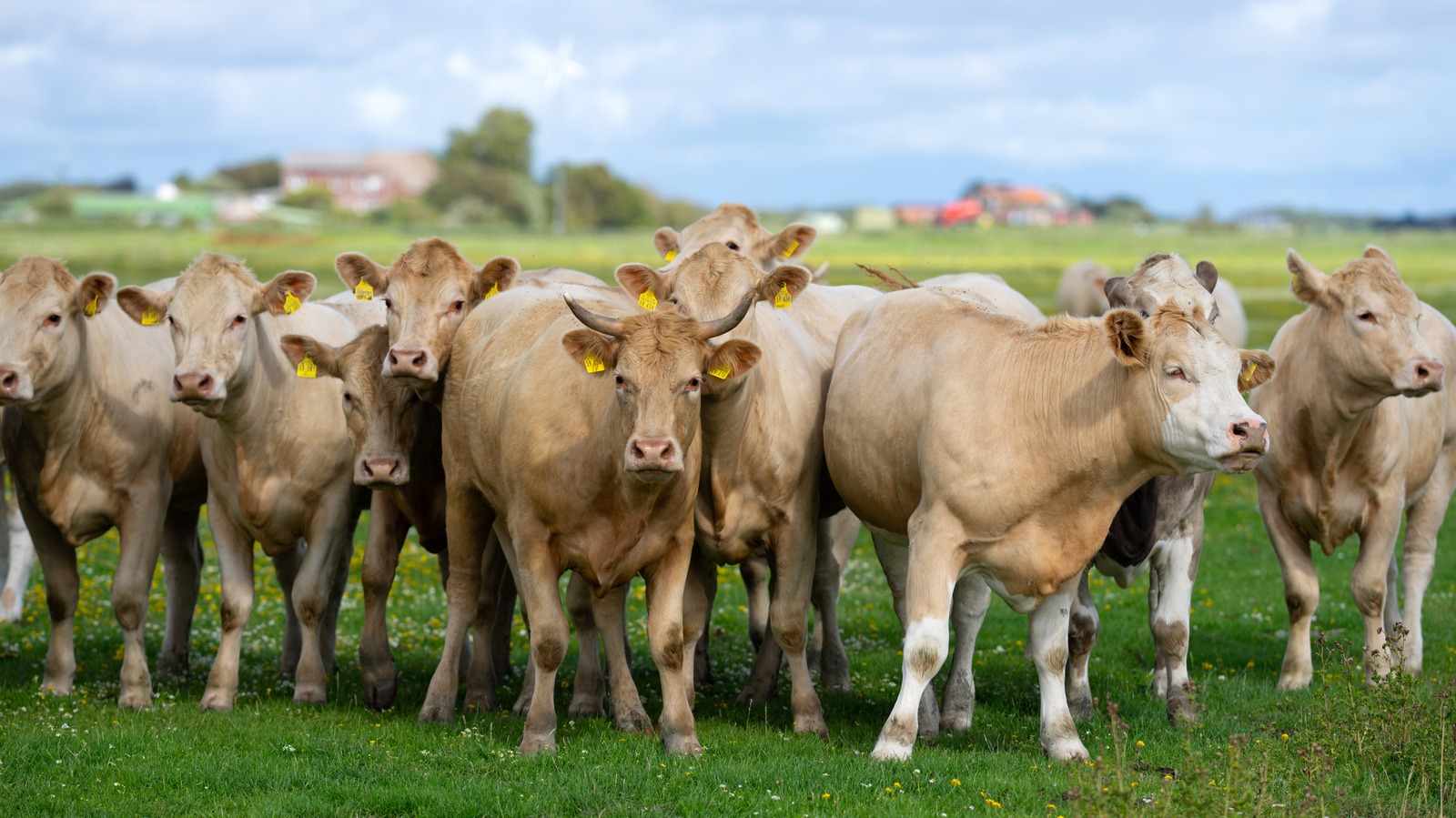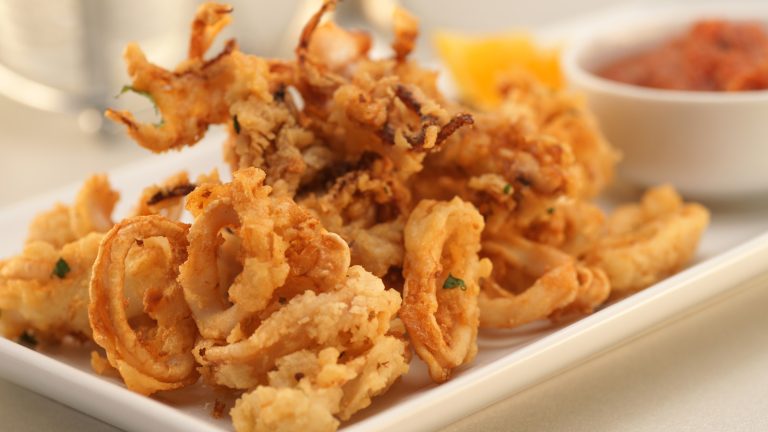Thanks to its rich natural resources, incredible land mass, and a culture surrounding beef, the U.S. is the world’s largest producer of beef with a 20% market share. And not just your run-of-the-mill standard beef, either. At 29.5%, the U.S. also has the largest market share of some even better beef: grass-fed.
While Japan may be revered for its luxurious A5 Wagyu steaks, no other country produces more actual cattle than the United States. In 2017, livestock grazing comprised 29% of American land usage. In 2024, about 22% of all money spent on agricultural commodities came from raising cattle. Beef herds operate on a cycle, where the total number of cows dips every seven years when it’s time to slaughter, but at its most recent peak in 2019, the American beef industry had 94.7 million heads of cattle.
Brazil is the closest competitor to the U.S. in terms of sheer numbers, which may explain the sheer number of Brazilian steakhouses that can compare to American ones. Between 2024 and 2025, it produced 11.85 million metric tons of beef compared to America’s 12.29 million metric tons. Still, the American love for growing and eating beef can’t be beaten and has created an interesting culture around the meat.
More on American beef: grass-fed and grain-fed
Compared to other, older cultures like Great Britain, American beef cattle are almost an entirely different animal. American cattle are typically Angus breeds or, at the least, crossed with an Angus at some point in their genealogy. This alone has little effect on flavor, but how Americans raise cattle changes the taste of beef dramatically.
Grass-fed beef is full of antioxidants, making the meat darker, leaner, and more flavorful. While this is the norm in most of the world, America’s infamous use of feedlots means most cattle spend more of their life eating grain rather than grass. Cattle raised mostly on grain reach their slaughter weight almost two times faster than grass-fed cattle, so this is often the cheapest, most profitable route. However, this can come with some drawbacks, such as administering antibiotics to compensate for a diet cattle aren’t built for, and even administering hormones to expedite growth.
In the store, you can easily differentiate between grass-fed and grain-fed beef. Grass-fed meat is a darker, purple color, and its fat is yellow, similar to what you’d see in wild game like deer. Grain-fed meat is bright red and has white fat. In terms of taste and texture, neither is superior to the other, so it comes down to preferences. While feedlots may guarantee more marbling, many people feel it reduces the quality of the beef overall. However, other people believe that grass-fed beef tastes gamey and prefer the flavor of American feedlot beef.






